Following my interview with Mikael Jasin on the Indonesian coffee-producing industry, I think it’s about time I revisit another coffee-producing country in Southeast Asia, which happened to be the country I wrote about in my first feature for Sprudge. Five years later, lots of changes have taken place in this country, and I could certainly say that Vietnam’s coffee quality has improved a lot since then.
In this article, I will interview two coffee professionals who, I believe, have been dedicating their time and efforts to bring changes to the coffee industry there. One is Nguyen Canh Hung, the owner of Bosgaurus Coffee Roasters (previously featured here in Sprudge), who is focusing on leveraging the quality of the Catimor variety through his way of washed processing with different yeast strains inoculated. The other is Tran Le Minh Truc, the owner of Every Half Coffee Roasters, whom Will Frith dubbed “Vietnam’s coffee industry’s future leader” in one of his casual talks with me.
Tran has been working with various producers who grow different types of coffee, including Starmaya—which is a F1 Hybrid variety, and Coffea liberica, a long-lost species that just recently regained attention from the coffee industry after it was used by Hugh Kelly on the 2021 World Barista Championship stage. Although Nguyen and Tran might have their own views on coffee production, they share the same dream of bringing Vietnamese coffee to the world. Also, despite the 15 year age gap, they are close friends in coffee.
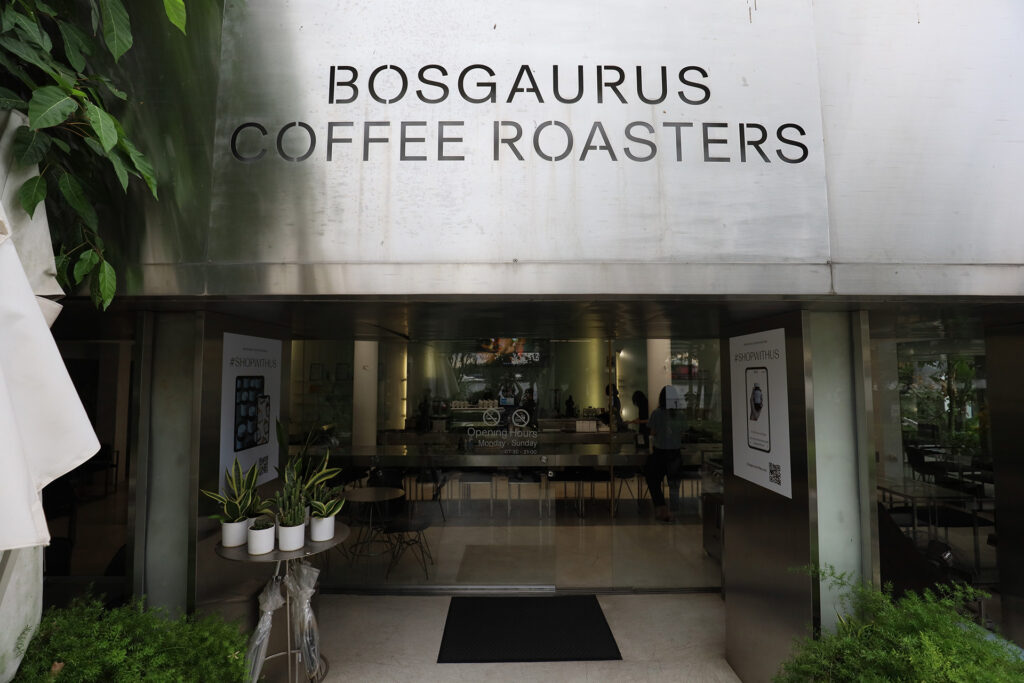
This interview has been edited and condensed for clarity.
Could you give Sprudge readers an overview of coffee production in Vietnam? How is the quality? Which species are more dominant? How is the life of coffee producers there?
Nguyen: Although Arabica represents only a small percentage of Vietnam’s production, I’ll talk about it as it covers most of the scope of my work with Vietnamese producers. In Vietnam, we mostly grow the Catimor variety because it’s the most suitable variety for Vietnam. 30 years ago, we used to plant a lot of Typica and Bourbon, but in the end, producers stuck to Catimor for its high yield and resilience. There was a period around the late 1990s when the C price reached its all-time high, so people were chopping down other varieties and jumping into Catimor for its high yields, which equals more profit.
But now, some producers are looking into new varieties as they feel that Catimor does not have the quality they demand.
Truc: In Vietnam, most coffee producers own less than three hectares of land. They are of middle age—I hardly meet producers who are younger than 30. The younger generation doesn’t care much about coffee, and they choose to pursue jobs in cities because coffee farming is not a reliable career, and even their parents, who are coffee producers themselves, don’t want them to become coffee producers.
As opposed to Nguyen, I work with producers who grow both Arabica and Robusta.
Vietnam’s topography is diverse and mountainous, with elevations ranging from 300–400 m to 1500–1600m, so we have a variety of species here. 95% of the coffee planted in Vietnam is Robusta. The rest 5% are Arabica, with some Liberica in between. In Vietnam, Arabica is planted in Son La, Dien Bien, Quang Tri, and Lam Dong provinces. Robusta is focused on the Central Highlands.
I saw a general trend across coffee producers in that Arabica producers are more abundant and have more stable livelihoods, while Robusta producers are generally poorer. I know some producers living in debt cycles where they have to pick their cherries as soon as possible to cover money they borrowed from the bank to spend on fertilizers. Compared to Arabica, Robusta needs a whole lot more fertilization and irrigation; otherwise, these trees won’t even flower.
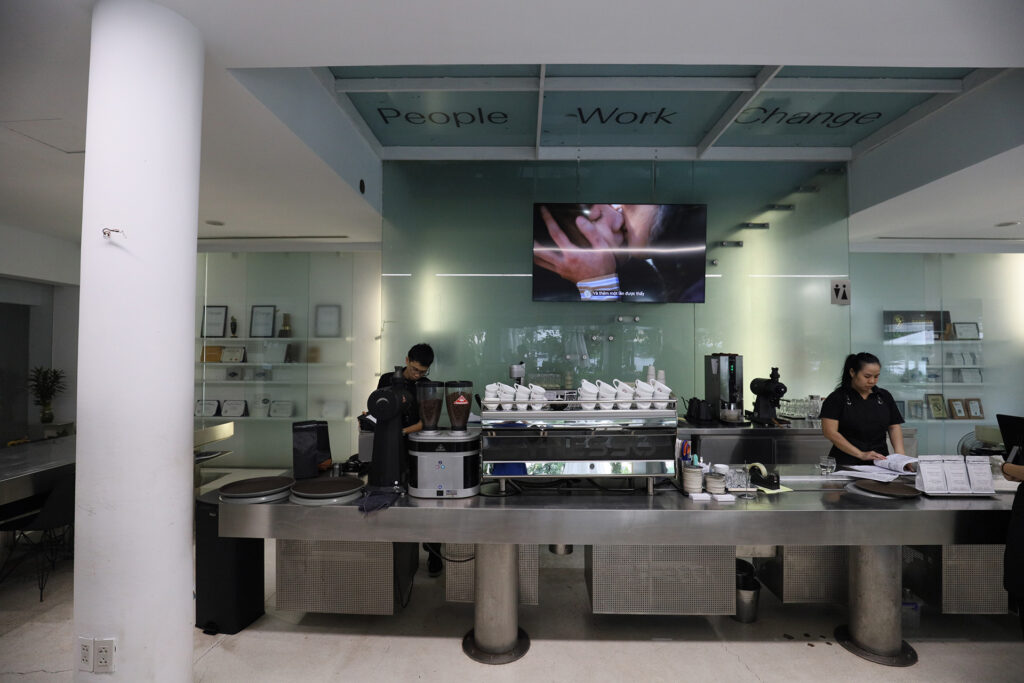
What are the main difficulties coffee producers in Vietnam are facing?
Tran: I think there are three main difficulties.
First, our production cost is very high compared to other origins, and this applies to both commercial and specialty coffee. Production costs include labor costs, fertilizer, pesticides, and so on.
Secondly, as most of the coffee we are producing is commercial coffee, producers suffer a lot from C price fluctuations. Specialty coffee producers don’t witness this trend, but they have trouble finding buyers for their coffee—it’s not an easy job because, in general, Vietnamese coffee’s price is much higher for the same quality score compared to other coffee-producing countries.
Lastly, we lack an official source for coffee seedlings. When producers want to plant a new coffee tree, they usually buy seedlings from an independent nursery. These seedlings are of unknown generation and unknown varieties, and who knows what they will turn into in three to four years or what they will taste like? There are government-owned research institutions that are developing new varieties, but their main focus is on productivity. And anyway, these institutions don’t have access to a wide range of coffee varieties to begin breeding with.
So who is buying high-quality Vietnamese coffee?
Nguyen: Mostly local coffee shops. For export, we don’t have clear advantages in terms of price or quality. The majority of quality coffee produced here, albeit specialty-grade, is around 83–84 points. There is this reowned green buying company that has offered my partner producer to sell them at $6 per kilo, which he could not accept because then he would sell these coffees at a loss. So I think the only reason people are buying Vietnamese coffee is because we are a lesser known origin, and these green buyers are just looking to diversify their coffee portfolio. And you can see that the world is starting to buy 85+ coffee, but we aren’t able to produce much coffee at that score because what we have here is mostly Catimor.
Tran: I want to specify a point that Nguyen made above. Currently, the price for 1kg of 90–95% fully ripe cherries is already 25,000 VND ($1.06) per kilo. Typically, 6kg of coffee cherries are needed to produce 1kg of green coffee. Multiply $1.06 by six, and obviously the price for high-quality coffee already exceeds the price that the green buying company offered without taking processing and drying costs into consideration.
The same applies for Robusta coffee. It takes around 4kg of robusta cherries to produce 1kg of fine robusta green coffee. The price for 1kg of coffee cherries is already 15.000 VND ($0.64). Then, if we add processing, drying, and transportation costs, our fine robusta price will be higher than the world average price, which is around $3.
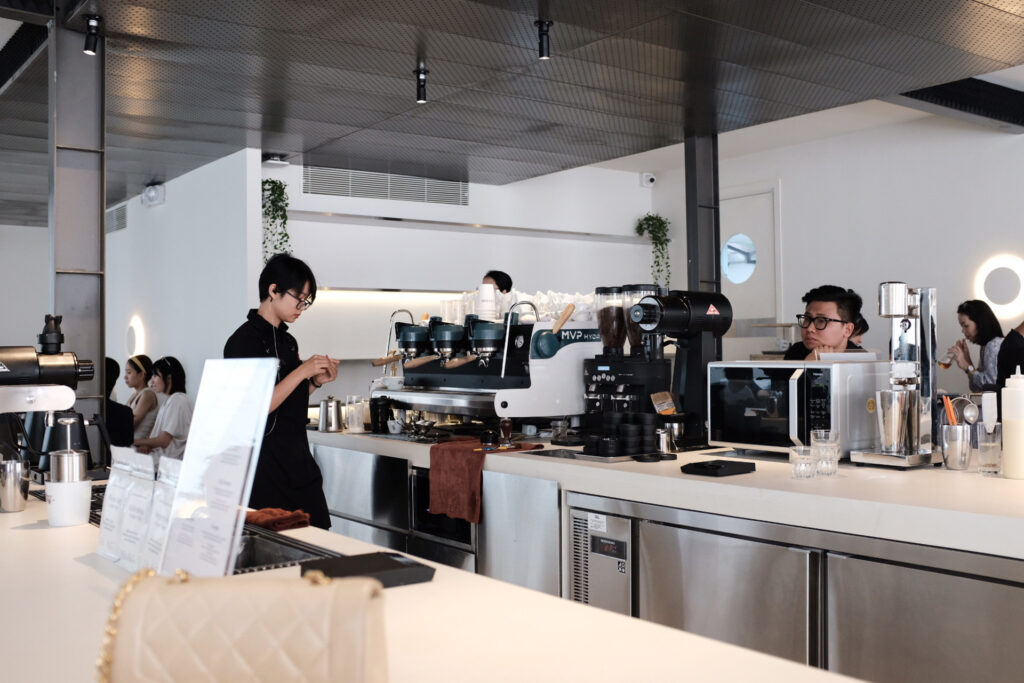
Could you tell me about the work your company is doing that is related to coffee farming?
Nguyen: I have been working with two partner producers, namely Pham Manh Hung and Bui Tri Dung, on their two farms located in Lam Dong, Vietnam. I chose to work with them because they are one of the most progressive producers in the industry, and throughout the years we have gained trust in each other. I assisted them with processing and drying steps—in recent years, I mainly focused on different types of yeast combinations for washed and natural processing as I believe the yeasts would provide a fix for Catimor in terms of cup quality and also provide consistency to the processing. They bring up so many different flavors like floral, tropical fruits, and stone fruits that used to be absent in Vietnamese Catimor, and as long as the drying process is done well, we don’t notice any off-flavours like peanuts, which are believed to be inherent to Catimor.
Anyway, in the long term, we are looking for new varieties, as we believe that’s the only way to produce 85+ coffee. Our partner producers have started to grow F1 hybrids like Starmaya, Marsellesa, and even Gesha on their farms.
Tran: We are also raising producers’ awareness of new varieties. In recent years, there has been a project to bring F1 Hybrids to Vietnam, and I believe these varieties are the future of coffee due to their wider climate adaptability and disease resilience. But we cannot ask producers to chop down Catimor and plant these varieties in a single day; instead, we have to convince them that they are better than Catimor and they can have a more stable livelihood with these varieties. Along with that, we also have to educate our consumers about these F1 hybrids.
We are focusing on two coffees at the moment: Starmaya and Liberica. We bought everything from producers who do processing with us, no matter the quality. And the price we offer is much higher than the C market, but we did that because we wanted to gain trust from producers.
Also, Liberica is a species with many potentials. After Hugh Kelly’s performance with Liberica during the 2021 World Barista Championship, the coffee world is looking into Liberica, but if you do a quick Google search about the species, there is only information about it being planted in the Philippines or Malaysia. Hardly anyone knows Vietnam also grows Liberica, and here, producers usually intercrop them with Robusta, then sell them to the market as Robusta. Liberica has many potentials. It is robust, has climate resilience, and can survive at a wide range of altitudes, from sea level to 1000m, which means we can plant it virtually everywhere in Vietnam. In 2050, even if we lost 30% of our Robusta production, we could still produce Liberica, so it’s a waste if we don’t take this species into consideration.
Also, the harvest season in Vietnam for Liberica is around March to May, while Arabica’s and Robusta’s is from November to January. So by growing Liberica, producers could extend their harvest season to almost six months, which means more profit.
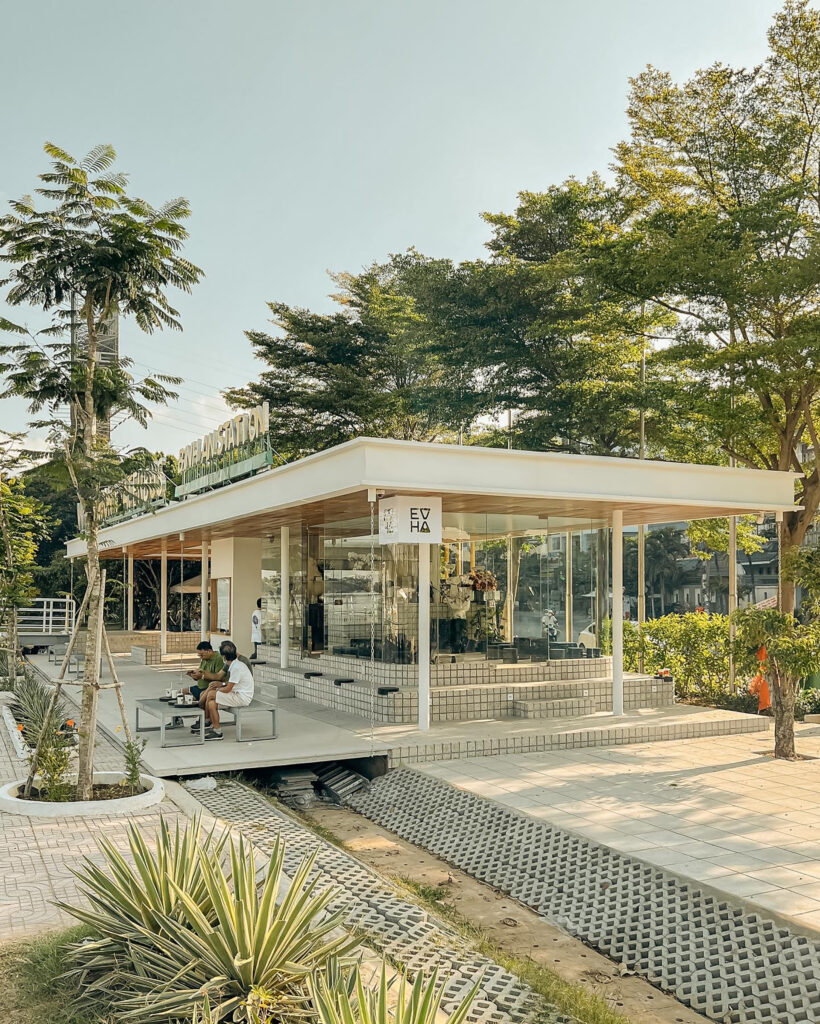
What are your thoughts on Vietnamese Robusta?
Tran: Somewhere along the line, someone said that Vietnam has one of the most diverse genetics for Robusta. I think it is true. I also cupped a lot of Fine Robusta, and I think that Vietnamese Fine Robusta is one of the best in the world. The only drawback is that our price was also higher for the same cup quality.
What do you think is the direction for Vietnamese coffee in the future?
Tran: I think we should keep focusing on quantity because quantity is the bread and butter for coffee producers, but at the same time, I think people should start to produce more high-quality coffee. The more people who participate in high-quality coffee, the more we can shift the price back to its true equilibrium; only in this way could we attract more buyers. If you look at the market price for Fine Robusta in Vietnam, you will see that the price has slowly declined in the last 2 years, from up to 140,000 VND ($5.96) to 100,000 VND ($4.26) during the last year, and now you can buy Fine Robusta for as low as 75,000 VND ($3.19). Part of the decline is because people are investing in machines like the coffee cherry sorter, saving on labor costs.
Nguyen:I agree with Tran on this aspect. I hope people will focus more on high quality coffee, and eventually we can form a community. More people joining this business also means more competition, and that’s a good thing for the market as people will strive to produce better coffee at a much more reasonable price for the world.
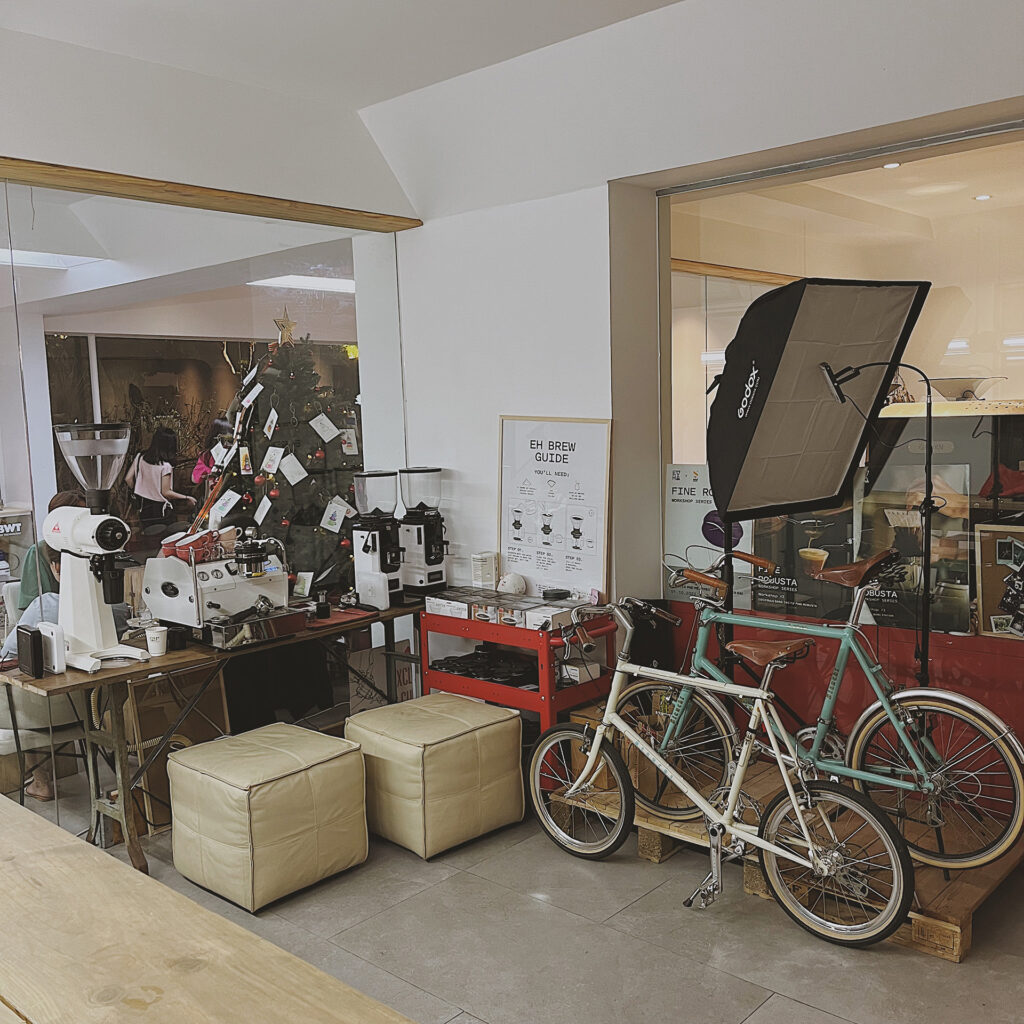
What’s your hope for the future of Vietnamese coffee? In like 20 years?
Nguyen: I hope that although the quantity might stay small, Vietnamese producers will still be pursuing Arabica, with Liberica somewhere in between. I think Liberica trees make very good protective barriers for Arabica trees since they are sturdy and tall with large leaves. And they don’t compete with Arabica trees for nutrients.
I also have a dream that Vietnamese coffee will spread around the world. There will come a day when I am in a specialty coffee shop in Amsterdam or Berlin, asking the barista what’s on the menu today, and they proudly say, “We have this delicious Catimor from Vietnam.” I will keep working with Arabica since it was the species that made me fall in love with coffee, and I love its flavor complexity.
Tran: I want Vietnamese coffee to gain its place in the coffee world. Our country has the advantage of diversity—we have Arabica, Robusta, and even Liberica. By then, I hope my company will have grown big enough to be part of that development and to be able to support Vietnamese producers in producing more good coffee.
Thank you!
Tung Nguyen is the founder of Citric Meets Malic and a Sprudge contributor based in Hanoi, Vietnam. Read more Tung Nguyen for Sprudge.